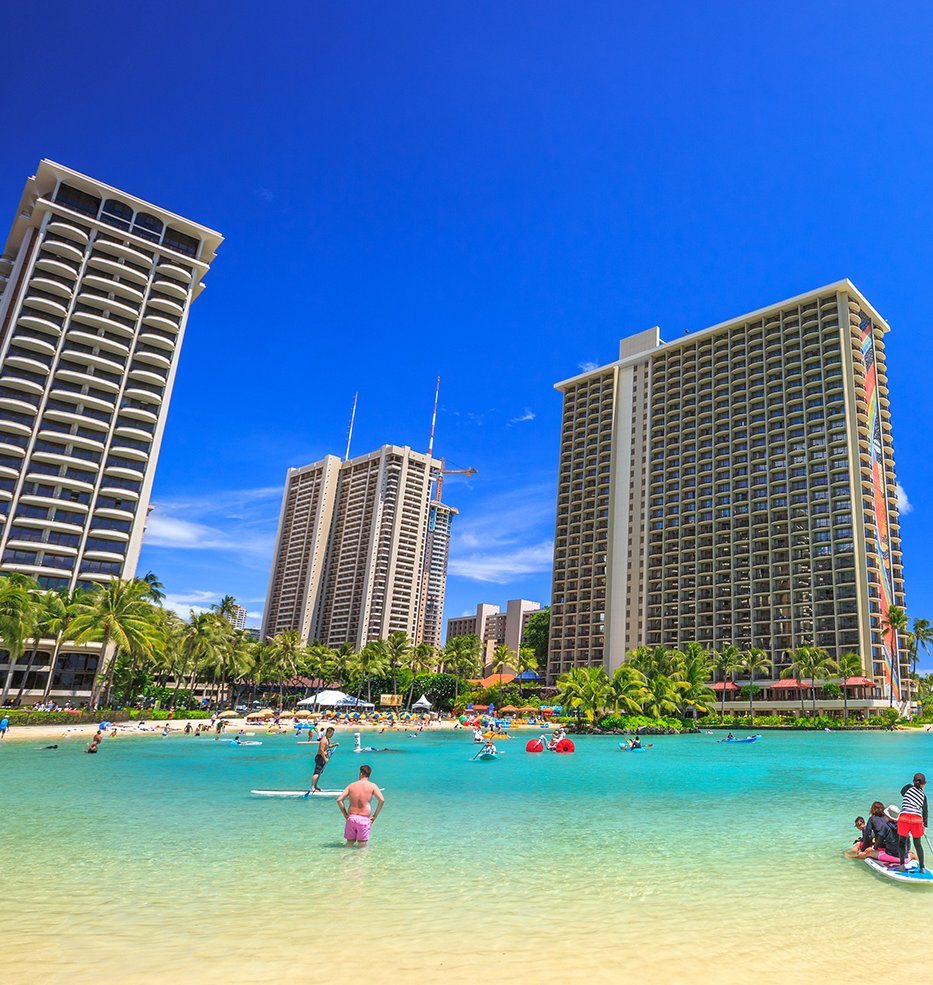Room service: exploring investment opportunities in the hotel sector
Stuart Cartledge
The Cromwell Phoenix Global Opportunities Fund assesses potential investments in a bottom-up manner, selecting the best opportunities, rather than following broad thematics.
Despite this, investment opportunities may have similar drivers – or operate in similar industries – from time-to-time. This is currently the case for the Fund’s exposure to hotel properties – these opportunities all exist for different reasons and have unique risk/reward propositions; however, the true value of each is predominantly derived from the ownership of hotels.
Before examining specific examples, it is worth touching on how to think of the value of a hotel.
Like other types of property, one way to think about valuing hotels is to apply a capitalisation rate to the earnings the asset generates. Unlike some types of property (but much more similar than some realise), hotels need to be refurbished frequently to stay up-to-date and attract customers. Any income should be adjusted lower for a normalised capital expenditure amount.
Those who buy and sell hotels also often think of valuing hotels on a “per key” basis – this describes the hotel’s value relative to the number of rooms available. A well-located, extremely high-end hotel may trade for well above $1 million per key, while a motel in the middle of nowhere would likely trade for less than $100,000 per key.
The per key valuation of a hotel can be used to compare hotel valuations to replacement cost, which is the amount required to replace the hotel from the ground up (inclusive of land). This is important because, if hotels are trading for below replacement cost, it is less likely that new hotels will be supplied in that market. Hotels are extremely sensitive to demand and supply, as anyone who has travelled in peak periods can attest to. As an example, a high-end hotel on the Las Vegas Strip is commonly available for AUD$200 per night. Booking even a basic room in that same hotel during the Las Vegas Formula One event would set you back more than AUD$3,500.
Recognition of the value of hotel properties by listed markets is held back by two components. Firstly, financial results have been negatively impacted by COVID restrictions, meaning that those looking solely at the recent income generated by many properties are underestimating the true earning power. Applying a capitalisation rate to this smaller income number is understating the property’s true value. Secondly, unlike some other forms of property, hotels are held on a company’s balance sheet at the lesser of its depreciated cost or net realisable value. If a hotel was built long ago, this may significantly understate its true value and make it difficult to identify for investors screening for discounts to book value.
With this background detail out of the way, let’s look at some examples in which the Fund invests.





